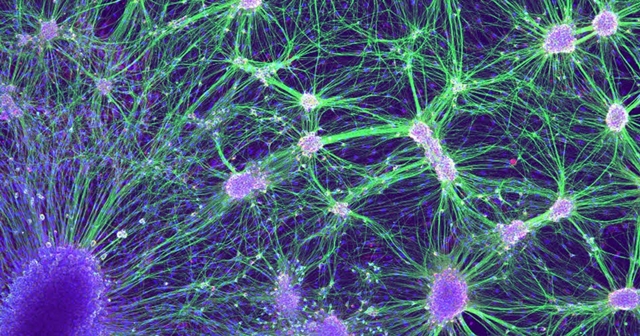22 Oct. 2018. Results from a clinical trial show external stimulation of a major nerve in the body helps relieve pan and fatigue in people with systemic lupus erythematosus, more commonly known as lupus. Cynthia Aranow, a rheumatologist at the Feinstein Institute for Medical Research and Hofstra University medical school in Manhasset, New York, is scheduled to present the findings tomorrow in Chicago at the annual meeting of American College of Rheumatology and Association of Rheumatology Professionals.
Systemic lupus erythematosus is an autoimmune disease, where the immune system is tricked into attacking healthy tissue and cells, in this case leading to inflammation in the joints, skin, and other organs including heart, lungs, and kidneys. The disorder is more common in women than men, mainly affecting individuals between the ages of 10 and 50, as well as people of African, Hispanic, and Asian heritage. Lupus Foundation of America estimates more than 1.5 million Americans have the disease.
Aranow and colleagues at the Feinstein Institute’s Center for Bioelectronic Medicine study stimulation of the nerve pathways as a treatment for disease, in this case a major system known as the vagus nerve. The vagus nerve pathway extends from the brain stem to the abdomen, on each side of the body connecting other major organs including the heart, esophagus, and lungs.
The clinical trial recruited 18 individuals with lupus in a pilot study of vagus nerve stimulation. Participants were randomly assigned on a 2-to-1 ratio to receive either mild electrical pulses from a handheld device placed on the ear, or a fake device. The real device has electrodes that send pulses into the auricular branch of the vagus nerve, while the fake device looks the same but has no electrodes, and thus provides no stimulation to the vagus nerve. Participants used the real or fake devices for 5 minutes a day for 4 consecutive days.
The Feinstein Institute team looked primarily for reports of musculoskeletal pain from participants after 5 days, as indicated on a scale from 0 for none to 10 for the worst possible pain. The results show after 5 days participants receiving the real vagus nerve stimulation report a median decrease of 5 points on the scale compared to about the same scores for individuals using the fake devices. Vagus nerve stimulation recipients also report less fatigue after 5 days than fake device users, in both cases with differences large enough for statistical reliability. The results were generally unchanged after 12 days, and no adverse effects were reported by any trial participants.
Vagus nerve stimulation is used in various forms to treat symptoms of epilepsy, depression, and migraine, and as reported by Science & Enterprise in June 2017, FDA cleared a vagus nerve stimulation device to treat epilepsy in children who do not respond to drug therapy. In March of this year, a team from SetPoint Medical in Valencia, California began testing vagus nerve stimulation in a similar clinical trial with patients having rheumatoid arthritis, also an autoimmune disease affecting joints and surrounding tissue.
More from Science & Enterprise:
- Electro-Pharmaceutical Device Tested to Heal Nerve Injuries
- Simple, Less Expensive Ultrasound Probe Developed
- Non-Invasive Imaging Technology Probes Deeper Into Tissue
- FDA Clears Magnetic Device for Obsessive Compulsive Disorder
- Electrodes for Implants 3-D Printed on Soft Materials
* * *


 RSS - Posts
RSS - Posts
You must be logged in to post a comment.